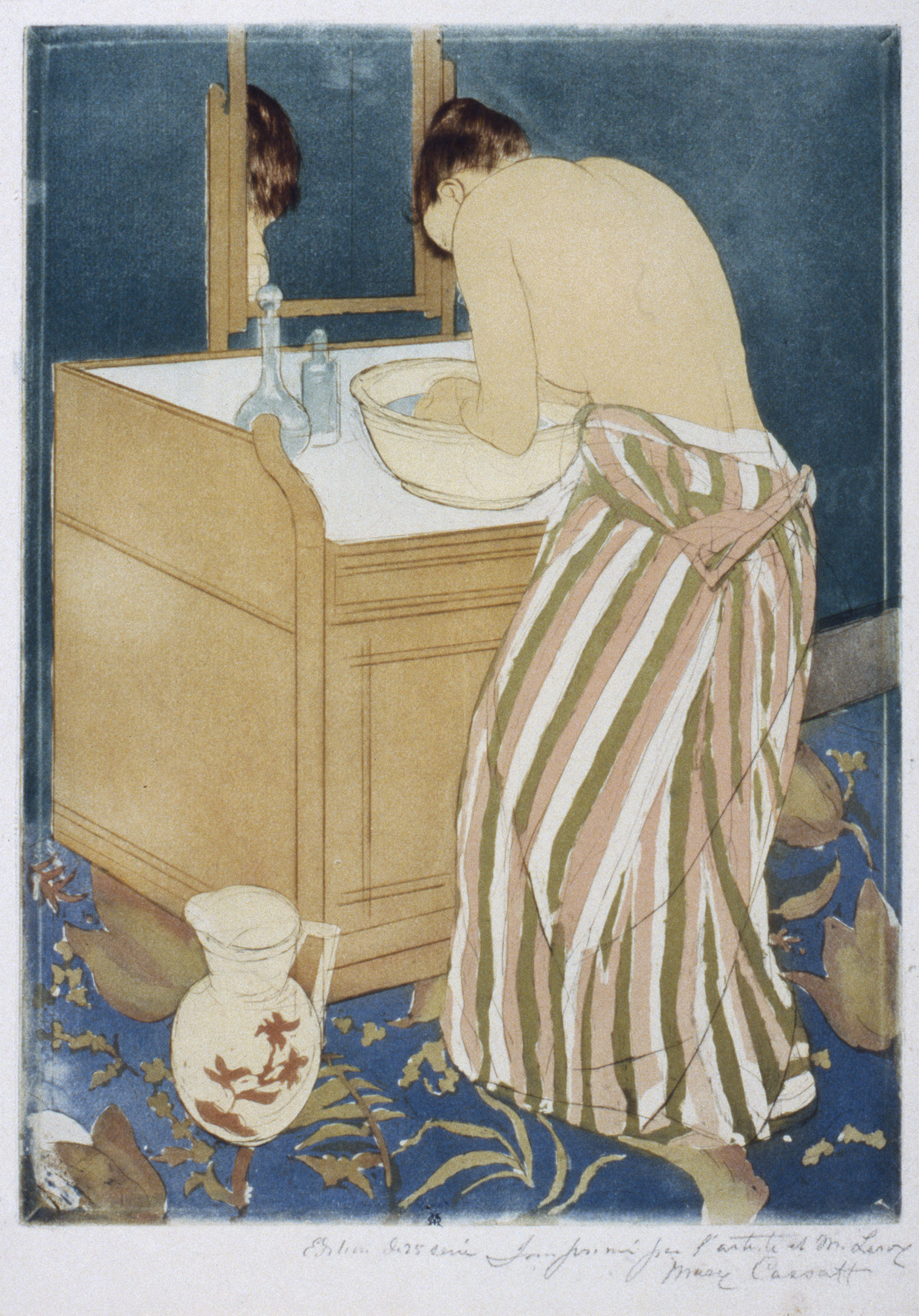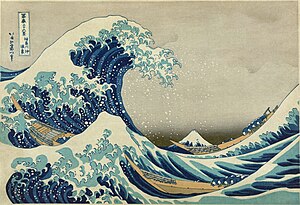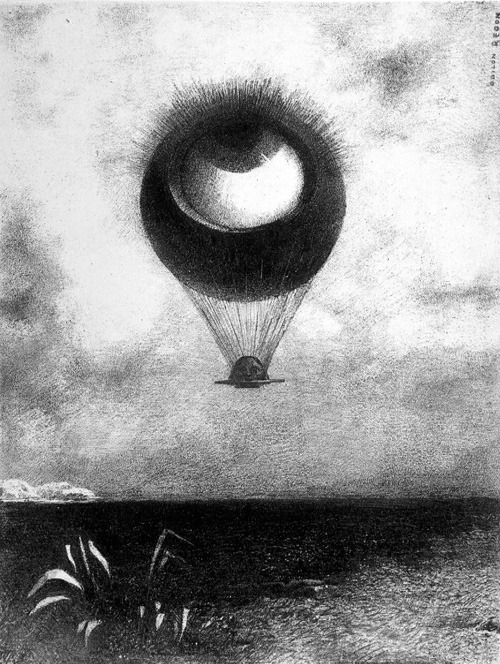A couple weeks ago (how time flies!), I was up in Boston to watch the Head of the Charles regatta on the Charles River, watch my friends and teammates compete (successfully!), and see all my dear old college friends who have been physically absent from my life for the past 2.5 years. It was wonderful. Chilly, but wonderful. Texas is still catching up with the fall weather, but I'm starting to feel it now.
At any rate, I stayed in Boston for 5 days instead of just the weekend, which gave me some time on Monday and Tuesday while my lovely hosts were at work to spend some time in the city again. Both days I got to meet up with people, a student from Morocco who is studying at Berklee and my mom and her siblings' old friend from Houston, and on Tuesday I decided to walk from Cambridge to the MFA and see the museum. I've been to Boston several times, but never went to the MFA and really don't feel like I've explored the city too much. After living stateside now for the past 3ish months and not traveling, I was itching to go on a trip and explore a city again. I miss the sense of adventure and discovery of going somewhere new. I always make an effort to visit at least one museum, so seeing the MFA was an important to-do for Boston.
I definitely didn't have time to explore the whole, huge museum, but I saw their special Degas exhibit, a Redon and Bresdin exhibit, and the contemporary art wing. I find myself increasingly drawn to Impressionist-current art much more so than classical or non-Western. I think that is because, without the instruction and insight of my professors, there is less that I can intuitively appreciate about other kinds of art. I also suppose that because I took several classes focusing on later periods (Impressionism, Pop Art, Holocaust [photography, propaganda, film]), I have more in-depth knowledge than I do from my summary courses on earlier art. Also, much of what stuck in my memory from earlier art was much more sculptural and architectural, which isn't what you usually find in museums.
 The first room I walked through was a special photography exhibit called Violet Isle by Alex and Rebecca Webb of photos of Cuba. It was pretty beautiful and the colors were quite vivid. I don't know much about photography as a medium or Cuba, so I can't give much commentary and the pictures didn't have much in the way of explanatory wall texts, but I wanted to mention it because Cuba is such a fascinating mystery place to me and I liked the photos.
The first room I walked through was a special photography exhibit called Violet Isle by Alex and Rebecca Webb of photos of Cuba. It was pretty beautiful and the colors were quite vivid. I don't know much about photography as a medium or Cuba, so I can't give much commentary and the pictures didn't have much in the way of explanatory wall texts, but I wanted to mention it because Cuba is such a fascinating mystery place to me and I liked the photos.Artist's website: http://webbnorriswebb.wordpress.com/
I went from there into the room with the Odilon Redon and Rodolphe Bresdin exhibit of prints and drawings, Two Masters of Fantasy. We studied Redon in my Introduction to Western Art class, and I remember his work because it was so strange and bizarre and different. We never studied Bresdin, but I learned from this exhibit that he was Redon's teacher, which is clear in the technique and skill, if not the subject matter. Redon was inspired by Darwin's Origins and created a series of prints based on that and the idea of the beginnings of life. He also was inspired by Edgar Allen Poe and Gustave Flaubert. Flaubert was an inspiration for many of the writers and therefore Impressionists in France. I liked Bresdin's lithographs, and looking at the lithographs of both artists made me want to take a printmaking course. I wish I had had the time to do it while at Williams, but hopefully I can find a way to make it happen now. It isn't so much that I think I know what I would want to do, but I find the various forms of printmaking really interesting mediums and finished products.
After that, I headed over to see the special exhibit, Degas and the Nude. If you click on the link for the exhibition page, there is a link to a slideshow, "Preview of the Exhibition," that shows several of the key pieces on show.
The exhibition starts with some of his pieces from the 1860s, like the Young Spartans Exercising. It then had monotypes from the 1870s and 1880s, some of which made me think of Toulouse Lautrec, which was interesting because later in the exhibition they have a painting that Degas did of a nude woman sitting and then a very similar one that Lautrec did that was likely after Degas'.
It's funny for me to try and discern the scribbled noted I jot down while walking through an exhibit and then try to write them into cohesive thoughts and paragraphs. Looking at my notebook now, I see that I largely have titles and then parenthetical words that will theoretically remind me of all the thoughts and insights I had while I was there. So have patience with me trying to interpret myself.
Unfortunately, several of the pieces that I wrote down don't show up in the google image searches, so they must only be archived images in collections like private college or institution databases.
 Degas movement into doing portraits of women, specifically prostitutes as they were an available model, shows the rise of hygiene and hygiene laws for prostitutes that were developing at the time. Many of the images show women in tubs, bathing, washing their hair, drying off, and/or with a bidet in the background. His treatment of the nude in many of these is that there is a strong sense of outline around the women, fairly blank within the lines of the figure, and then surrounding her with texture, darker colors, and a more painterly style. That said, one of his earlier nudes, Nude Woman Drying Herself is somewhat opposite of that as she is filled in with a dark color, and the entire painting is in the same tonal range. You can still see the strong sense of outline in this painting and the textured vs. voided areas.
Degas movement into doing portraits of women, specifically prostitutes as they were an available model, shows the rise of hygiene and hygiene laws for prostitutes that were developing at the time. Many of the images show women in tubs, bathing, washing their hair, drying off, and/or with a bidet in the background. His treatment of the nude in many of these is that there is a strong sense of outline around the women, fairly blank within the lines of the figure, and then surrounding her with texture, darker colors, and a more painterly style. That said, one of his earlier nudes, Nude Woman Drying Herself is somewhat opposite of that as she is filled in with a dark color, and the entire painting is in the same tonal range. You can still see the strong sense of outline in this painting and the textured vs. voided areas. For the image Leaving the Bath, Degas worked on it 22 times. It was made with dry point and aquatint and they had several of the iterations on exhibit so that you could see the changes over time as he reworked it. The first looks to be one of the earlier versions as it has much less texture and finish to it. The second is a later version, but still isn't yet the finished product, which I didn't seem to find in my search.
 |
| Cassat |
 |
| Hokusai |
| Manet |
 In the late 1880s, Degas shifted to pastel, which is when we see most of the nudes, especially the bathing nudes, that most people are familiar with, women crouched over tubs and sinks, bathing or drying themselves. As time goes on, Degas' later depictions of women become less identifiable, less context, shifting from the recognizable brothel or personal space to an unknown place, with no specific person, even more faceless and less individualized.
In the late 1880s, Degas shifted to pastel, which is when we see most of the nudes, especially the bathing nudes, that most people are familiar with, women crouched over tubs and sinks, bathing or drying themselves. As time goes on, Degas' later depictions of women become less identifiable, less context, shifting from the recognizable brothel or personal space to an unknown place, with no specific person, even more faceless and less individualized. There also was a set of sculptures that he did of dancers that really reminded me, and in fact so much that I actually I got confused and thought they all must have been by Degas, of the Rodin dancer sculptures. The similarity in movement, texture, lack of precise finish, activity and motion, and showing the hand of the artist in both artists' dancer sculptures is very interesting. I don't recall anything that said whether there was any interaction between them.
 |
| Degas |
In fact, this chapter on Rodin from Leo Steinberg's Other Criteria was a big transition point for me in my art history experience. I distinctly remember having to sit down to do this reading during my first semester of my first art history course and not looking forward to it. I wasn't sold on Rodin and this looked like a long and boring reading, so I obviously didn't enter into it with the best mindset. Somehow in spite of that, this chapter totally transformed my opinion and deepened my appreciation for Rodin and made his sculptures some of my favorites of all that I've studied. I absolutely recommend reading it.
 |
| Rodin |
The next little exhibit that I saw was Beauty as Duty, which was something that I knew nothing about beforehand. Apparently, in Britain starting in 1940, they rationed out textiles and clothes, so fashion became this utility item as well as morale inspiration and patriotic duty. There was an incredible amount of propaganda in the fashion, especially in the scarves, which had images of the war or country, sayings, icons, programs, and etc actually printed on the scarves. One of the biggest scarf producers was Jacqmar, and he was even the first designer to put his name on/in his designs. A few links to the scarves in a museum database and an image of a Jacqmar scarf.
- Time Gentlemen, Please - phrase used by bar/pub owners to ask men to leave for blackout
- Into Battle - 5 scenes warning people against sharing information/secrets, etc
- Switch off that Light - reminders for the home front
They had utility clothing labels, CC41 and II0II, on the dresses and clothes and they were bought with a certain number of coupons. While it was a wartime necessity and effort to control goods available, it also helped to democratize fashion there. I found this really interesting and have started to really enjoy going to textiles and clothing exhibits.
The contemporary wing that I visited was more of a mix of random pieces/artists that I liked. Here is a list of the artists with some basic links and a couple notes. Also, here is a link to some highlights of the collection on the mfa website.
- Kara Walker - I saw an exhibition of her silhouettes at the Modern in Fort Worth a few years ago, she deals a lot with racial issues in her works
- Mona Hatoum - the piece in the MFA was The Grater Divide, and she transforms everyday objects to shift our perceptions
- Richard Pettibone - copies of famous modernist works
- Timorous Beasties - a group who make fabrics and wallpapers, including a racy toile
- Alessadnro Mendini - Italian contemporary furniture designer
- Fred Wilson
- Mark Tansey
- Ken Price - large sculptures, to be ineloquent, blobs
- Peter Coffin
- Felix Gonzalez Torres - we studied him several times in various classes
- Sigmar Polke
- Wendy Jacob - look at the Explorer's Club work, which is what was at the MFA





No comments:
Post a Comment